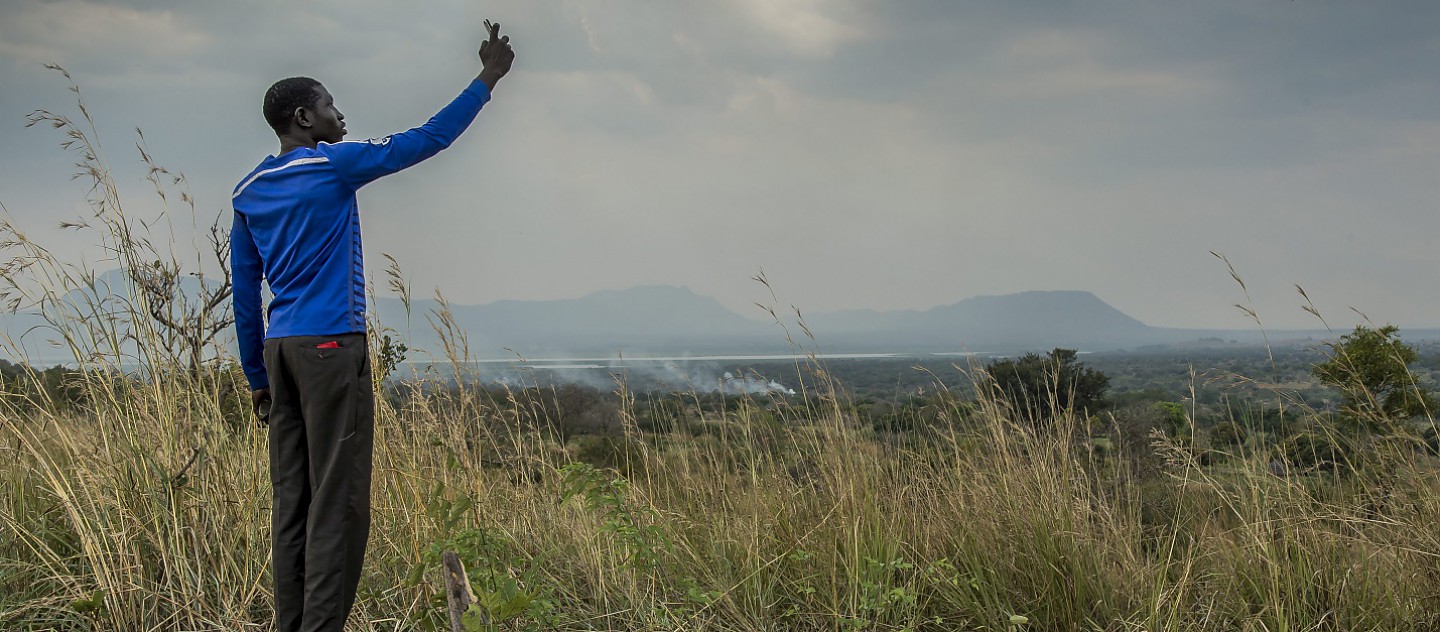
Connectivity for Refugees
How Internet and Mobile Connectivity can Improve Refugee Well-Being and Transform Humanitarian Action.
Refugees and Connectivity: An Introduction
Over the last 25 years, the internet and mobile communications have transformed life in the industrialized and developing worlds alike. Now that so much information is readily available, we worry about overload more than scarcity. Mobile communications and social media provide abundant ways to stay in touch with friends, family and colleagues. Cloud computing, remote working and networked global teams are re-shaping the ways we interact and connect.
Not so for the world's refugees. Today, more than 65 million people – the largest number since the Second World War – are living as refugees or are internally displaced, uprooted from their homes in search of safety, and often struggling to access the basic means of survival.
But displaced people are also living without the connectivity they need to obtain vital information, communicate with loved ones, access basic services and link to the local, national and global communities around them.
The places where they live frequently lack digital networks and infrastructure, or the connectivity available there is too expensive. The digital revolution transforming the world is leaving refugees behind.
The Need for Connectivity
UNHCR carried out a global assessment of refugees’ access to, and use of, the internet and mobile phones where available, to help inform the development of a new UNHCR Global Strategy for Connectivity for Refugees.

Refugees vs. Global Population: Mobile Network Coverage
Key findings
One of the key findings of the research is that while 7 per cent of refugee communities lack the requisite digital infrastructure for internet access and mobile communications, most refugees in urban areas live in places that have 2G or 3G mobile coverage. For those in rural areas, however, the situation is far worse, with 20 per cent living in areas with no connectivity.

Cost
Our assessment also found that refugees often spend up to a third of their disposable income on staying connected – highlighting the main obstacle to refugee connectivity: cost. Globally, refugees are 50 per cent less likely than the general population to have an internet-enabled phone, and 29 per cent of refugee households have no phone at all.

Phone Ownership
The need for communication
In all discussions between refugees and UNHCR staff, communication with friends and family was identified as the most important need from connectivity. Arguably, this need is greater for refugees than for the general population because displacement often separates refugees from their loved ones and can leave them isolated. Knowing where friends and family are and knowing that they are safe is of paramount importance to refugees.

Survey question: To the best of your knowledge, do refugees use the Internet for the following purposes?
Benefits of Connectivity
Living unconnected means making contact and sustaining communication with loved ones is difficult and often impossible. Without access to up-to-date information on the situation back in their home countries and in their countries of asylum, refugees cannot make informed choices about how to improve their lives, or access basic services for health and education.

Lack of connectivity constrains the capacity of refugee communities to organize and empower themselves, thus limiting potential for self-reliance and livelihoods.
A connected refugee population can play a critical role in enabling organizations such as UNHCR to innovate effectively and to improve the quality of services that we provide. Connectivity has the potential to transform how we communicate, the way we respond to the protection needs of displaced people, and our delivery of humanitarian services. Most significantly, better connectivity can promote self-reliance by broadening the opportunities for refugees to improve their own lives. Access to the internet and mobile telephone services has the potential to create a powerful multiplier effect, boosting the well-being of refugees and of the communities that host them.
Examples of how a refugee in Tanzania and an aid worker in Jordan might benefit from better connectivity
(These profiles are fictitious and the information provided is for illustrative purposes only).


